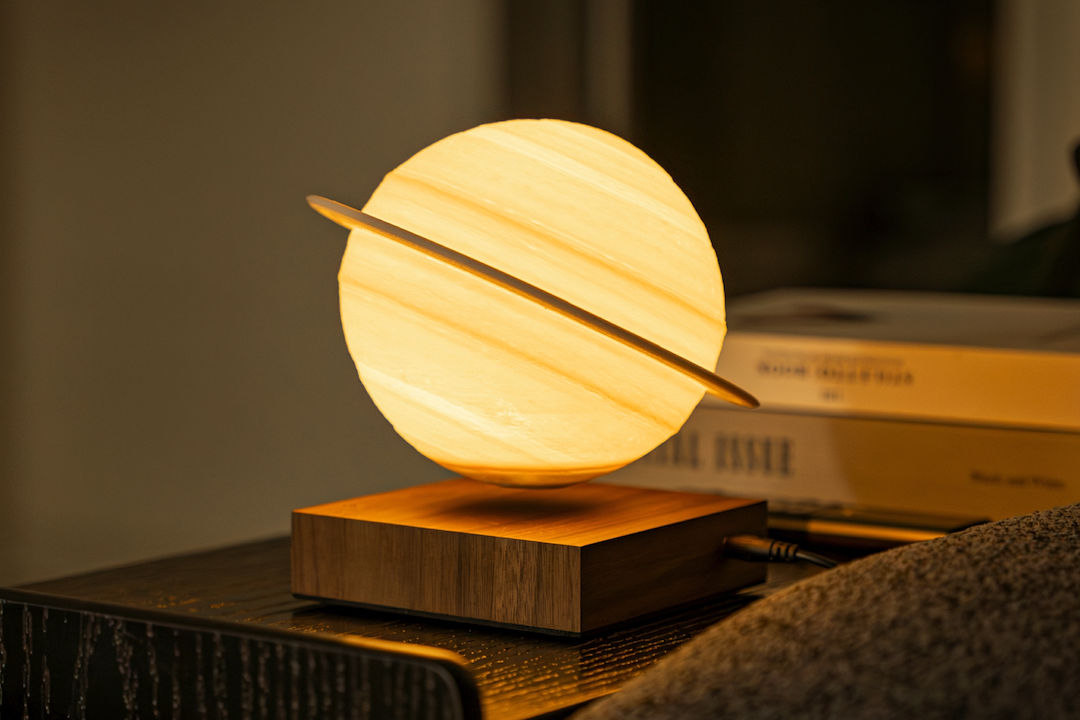Introduction
The vastness of the universe holds untold mysteries waiting to be uncovered. One of the most captivating of these mysteries is the stunning blue color of Neptune, the eighth planet in our solar system. As our understanding of the planet and its atmosphere has grown, so too has our fascination with its mesmerizing hues. In this article, we delve deeper into the secrets behind Neptune’s color palette and explore the science behind it.
The Basics of Neptune’s Atmosphere
Neptune is a gas giant, and like other gas giants, it has no solid surface. Instead, the planet is composed mostly of hydrogen and helium, with traces of methane, water, and other gases. These gases are present in different layers of the atmosphere and are responsible for the unique coloration of the planet.
The Upper Atmosphere
The upper atmosphere of Neptune is composed mostly of hydrogen and helium, but also contains a small amount of methane gas. When sunlight enters this upper atmosphere, it interacts with the methane, absorbing the red and orange wavelengths of light and reflecting back the blue-green hues that are visible from Earth.
The Lower Atmosphere
As we move deeper into Neptune’s atmosphere, the interaction between the sun’s rays and gases becomes more complex. Here, the pressure and temperature are much higher, causing the gases to become more active. Methane molecules are broken apart by ultraviolet light, creating hydrocarbons and other compounds. These compounds then react with each other to produce even more complex molecules.
It is believed that the presence of tholins, complex organic molecules, in Neptune’s lower atmosphere contributes to the planet’s darker blue coloration. Tholins are thought to be responsible for the reddish-brown hues seen on other planets in our solar system, such as Mars and Pluto. However, on Neptune, they combine with other compounds to create the striking blue we observe.
The Role of Weather in Neptune’s Coloring
Neptune is known for its strong winds and turbulent atmosphere. The planet’s winds can reach speeds of up to 1,300 miles per hour, and massive storms, like the Great Dark Spot, can appear and disappear in a matter of years. These storms can also have an impact on Neptune’s coloring.
During a storm, the turbulence in the atmosphere can cause particles and gases to mix, creating new chemical reactions. These reactions can change the chemical composition of the atmosphere, altering the way sunlight interacts with the gases and ultimately affecting the color of the planet.
Conclusion
The stunning blue hues of Neptune have captivated astronomers and stargazers for decades. Through the advancement of technology, we are gradually uncovering the secrets behind this enigma of the universe. When we gaze upon Neptune, we are witnessing the beauty of science, and the mysteries that continue to intrigue and inspire.
By understanding the science behind the planet’s coloring, we can gain a deeper appreciation for the cosmos and the magnificent wonders it holds. The awe-inspiring colors of Neptune serve as a reminder of the boundless possibilities that the uni



